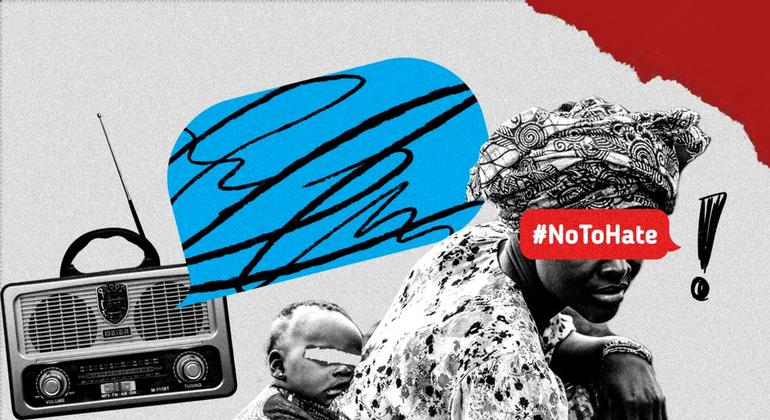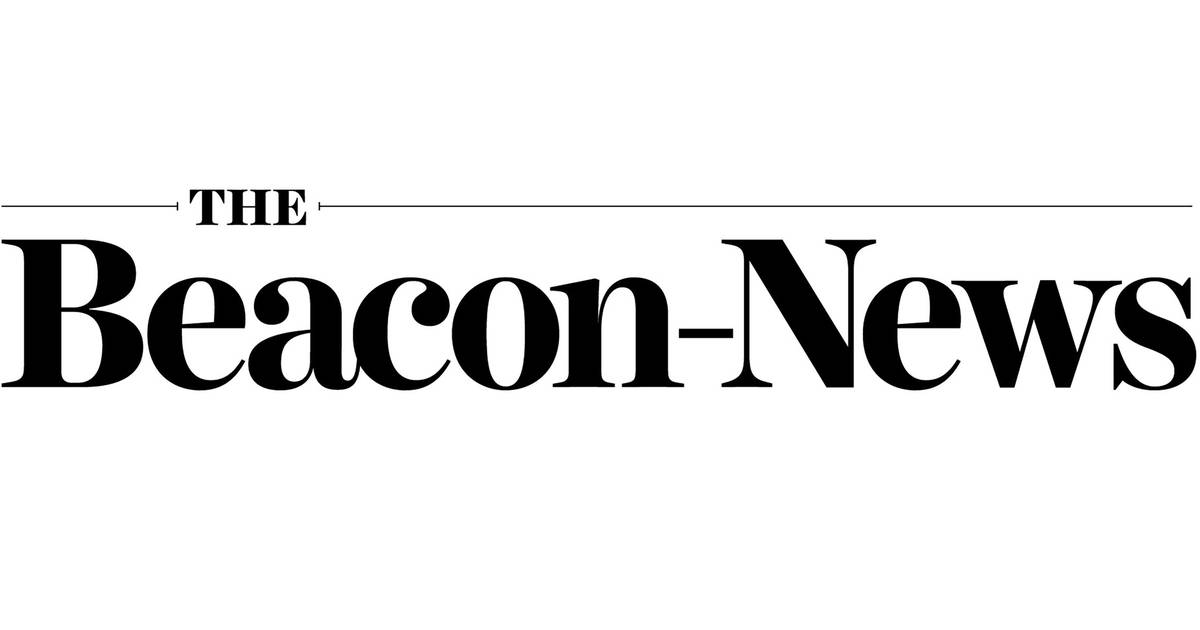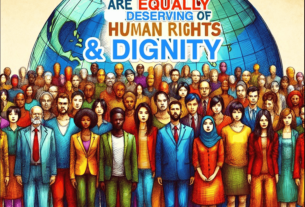The rise and impact of hate speech is being amplified, at an unprecedented scale, by new communications technologies, one of the most common ways of spreading divisive rhetoric on a global scale, threatening peace around the world.
According to leading international human rights organization, Minority Rights Group, one analysis records a 400-fold increase in the use of hate terms online in Pakistan between 2011 and 2021.
Being able to monitor hate speech makes can provide valuable information for authorities to predict future crimes or to take measures afterwards.
The Sentinel Project is a Canadian non-profit organization who’s Hatebase initiative monitors the trigger words that appear on various platforms and risk morphing into real-world violence. Chris Tucker, the executive director of the Sentinel Project, describes it as an “early warning indicator that can help us to identify an increased risk of violence”.
It works by monitoring online spaces, especially Twitter, looking for certain keywords, in several different languages, and then applying certain contextual rules to determine what was or was not most likely to be actually hateful content.
The database is available to many other organisations, from academia, NGOs, and the UN to individual researchers or civil society organisations that use the data for their own purposes.
‘Hate speech loads the gun, misinformation pulls the trigger’
For Mr Tucker, hate speech and misinformation are closely related: “Hate speech loads the gun, misinformation pulls the trigger. And that’s the kind of the relationship that we’ve come to understand over the years”. It’s now theoretically possible for any human being who can access an Internet connexion to become a producer of that sort of content. And so that really does change things, and with a global reach.”
Another organization doing a similar kind of hate speech mapping is the Balkan Investigative Reporting Network.
The Network monitors every single trial related to war crime atrocities in Bosnia and Herzegovina and amounts to 700 open cases. In mapping hate it looks out for four different aspects; hateful narratives by politicians, discriminatory language, atrocity denial and actual incidents on the ground where minority groups have been attacked.
According to Dennis Gillick the executive director and editor of their branch in Bosnia and Herzegovina the primarily drivers of hate narratives in the country are populist, ethno-nationalist politicians.
“The idea behind the entire mapping process is to prove the correlation between political statements and political drivers of hate and the actual atrocities that take place,” says Mr Gillick.
The Network also want to prove that there is a lack of systematic prosecution of hate crimes and that the hateful language allows for this perpetuating circle of violence, with more discriminatory language by politicians and fewer prosecutions.
“As a result of hate speech, we have seen a rising number of far-right groups being mobilised,” explains Mr Gillick. “We are seeing fake NGOs or fake humanitarian groups being mobilized to spread hateful or discriminatory language, in order to expand this gap between the three different ethnic and religious groups in this country.”
The real-life consequences reported by the Network have included defacing or vandalizing mosques, or churches, depending on where a specific faith group is in the minority, and open calls to violence.
According to Mr. Gillick, this is fuelling the agenda of ethno-nationalist parties who want to cause divisions.

Changing the narrative
The way to combat this toxic environment, according to Mr. Gillick, is to create counter-narratives, disseminating accurate, factual information and stories that promote unity rather than division.
However, he acknowledges that this is a big ask. “It is difficult to counter public broadcasters, big media outlets with several hundred journalists and reporters with thousands of flights a day, with a group of 10 to 15 journalists who are trying to write about very specific topics, in a different way, and to do the analytical and investigative reporting.”
One organization that is trying to create counter-narratives is Kirkuk Now, an independent media outlet in Iraq, which is trying to produce objective and quality content on these groups and share it on social media platforms.
“Our focus is on minorities, internally displaced people (IDPs), women and children and, of course, freedom of expression,” says editor-in-chief of Kirkuk now, Salaam Omer. “We see very little content [about them] in the Iraqi media mainstream. And if they are actually depicted, they are depicted as problems,” Mr Omer says.
In Pakistan, where certain religious or faith-based groups are very vulnerable – in particular Ahmadis and Shia and then Hindus and Christians – Bytes for All, a human rights organization and think tank, launched an online to counter hate speech.
The campaign sought pledges from different organisations in Pakistan and the public to amplify the message. It was launched in 2021 on Twitter, where it became one of the top ten trends in the country.
The next phase involved creating video messages highlighting the plight of religious minorities in Pakistan, and university roadshows, to engage with young people.
The campaign targeted those aged between 15 and 35, who make up a majority of Pakistan’s population because, says Mr. Baloch, “they were actually the people who were using social media platforms, engaged in spewing hate speech, and exposed to hateful messages as well”.

Long-term solutions
There is a widespread belief that social media companies must be made responsible for the content they carry, and sanctioned if hate speech is spread on their platforms but, for Claire Thomas, deputy director of international NGO Minority Rights Group, this is not a long-term solution to the problem.
“What we saw in Myanmar was that when Facebook started to effectively police what was on its platform, the hate speech in Myanmar moved to Tik Tok. When you have multiple platforms with very large audiences, you’re only as strong as your weakest link. When you think about where those platforms are based and what jurisdictions have control over them, our ability to make them police their own content effectively is really quite limited”.
In Ms. Thomas’s view, there should be more of a focus on educating people on the dangers and damaging effects of hate speech, and ensuring that they have greater access to balanced content.
“Now, I know that’s a huge undertaking, and many people don’t believe that it’s possible”, she admits, “but for me, it’s where we should try to put our efforts moving forward.”

‘Hate speech is profitable’
For Tendayi Achiume, a former independent UN human rights expert, more attention needs to be paid to the business models of social media companies. “A lot of the time people want to talk about content moderation, what should be allowed on these platforms, without paying close attention to the political economy of these social media platforms. And it turns out hate speech is profitable”.
Ms. Achiume argues that there is an urgent need to create spaces where people with different opinions can connect. At the same time, she says that a wider conversation needs to take place, regarding the way in which people are represented in the media and online.
“The ways in which our worlds are formed are really complex. And I think that the dialogues have to be positioned side by side with all of the other ways our worlds and our relationships are constructed.”
You can subscribe to our UN Podcasts series, UNiting Against Hate, here.



